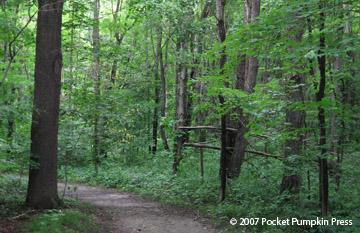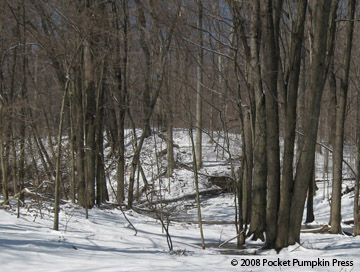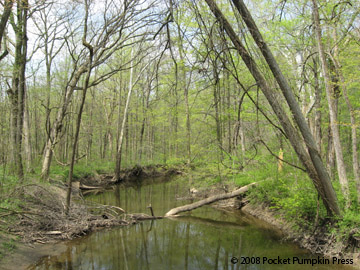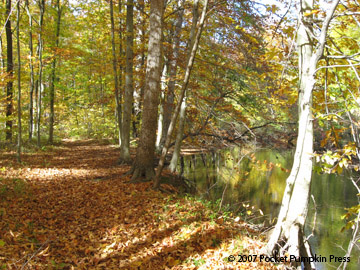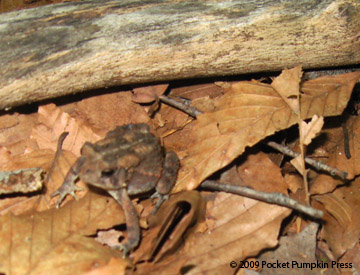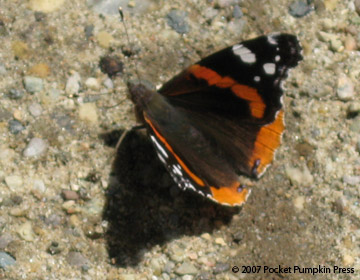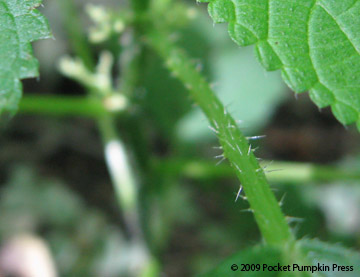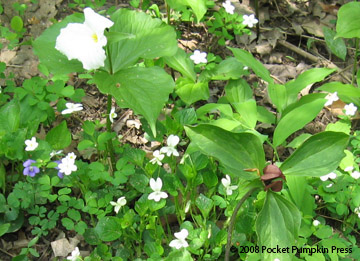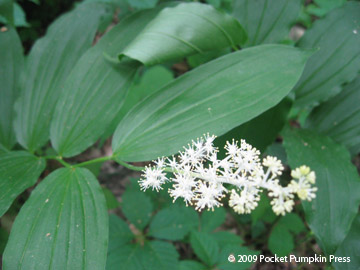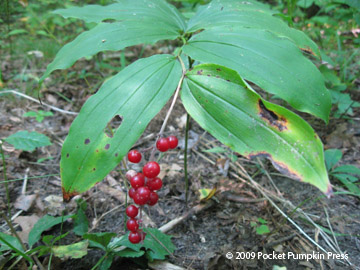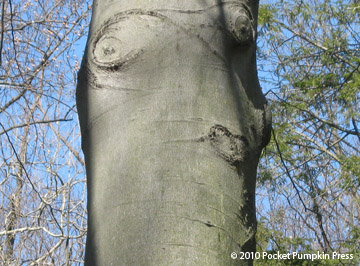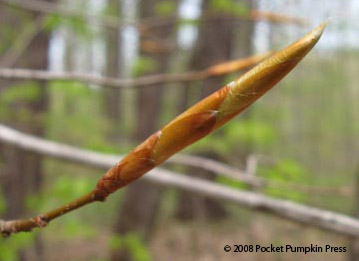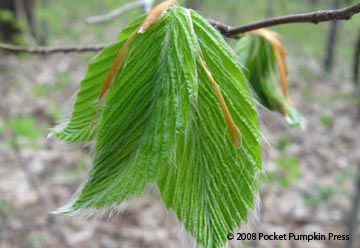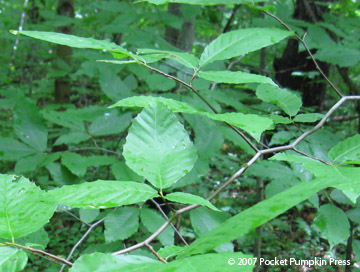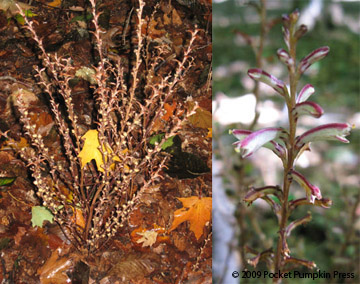z-hub.org > nature > SW Michigan habitats > woods |
Woods in southwest Michgian at Warren Woods State Park, a Beech-Maple forest
A habitat and ecosystem, such as the woods, connects to everything. The woods connect to everything. Many natural elements make up Warren Woods habitat (Maple-Beech forest). Warren Woods is not only a bunch of trees. Warren Woods has many kinds of plants (trees, shrubs, flowers, ferns, mosses, etc.); it has many animals that depend on the plants; the plants are rooted in the ground; plants get their nutrients from the soil; animals live on the land and underground; birds fly through the air; many animals rely on plants for food and or shelter; the plants and animals depend on a certain climate and a certain amount of water from rain; plant and animal behaviors depends on seasons; also, the Galien River flows through it. The Warren Woods habitat would not be the Warren Woods habitat without its variety of plants and animals, climate, weather, rain, Galien River, land, soil, topography, and geology. Furthermore, the woods provides people with many assets. The woods are beneficial to all social elements. For instance, in general, the woods supplies plants and animals, which people can eat for nourishment (health). In general, the woods provides many natural material with which people can use in their economy (to make clothes, shelter, tools, and art). Students learn about many fascinating facts about the woods at school and while experiencing the woods. Warren Woods is a state park, which the government protects by law. The woods provides people with inspiration. People make art about the woods. The lake provides people with an opportunity of joy as people hike, play, and explore the woods. Many people cherish and value the woods. Furthermore, people affect the woods. People base their culture on the woods' assets. Either, the culture wisely and sustainably uses the woods for society's health, economy, education, freedom, art, and celebrations. Or, the culture abuses, pollutes, and wastes the woods by accident or on purpose. Everything connects to everything; thus, the woods are related to all social elements (health, economy, school, government, art, values, etc.), culture, and all natural elements (habitats, plants, animals, water, ground, air, etc.).
Winter.
Spring and the Galien River.
Summer.
In the fall, Sugar Maple leaves turn yellow.
American Toad (Bufo americanus).
Admiral Red Butterfly (Vanessa atalanta). Admiral Red caterpillars eat the leaves of nettles (see next image).
Wood Nettle (Laportea canadensis). Nettles are prickly; prickles may irritate people's skin. Admiral Red caterpillars eat the leaves of nettles. Also, people can eat nettles without harm, if they are harvested properly to avoid skin contact with the prickles and cooked properly to remove the prickles. Nettles have more protein than an equal quantity of spinach. Do adequate research and confirm information with a local expert before eating any wild food.
Spring wildflowers in May: White trillium (Trillium grandiflorum), Red Trillium (Trillium recurvatum), Bird Foot Violet (Viola pedata), Canadian Violet (Viola canadensis), and False Rue Anemone (Thalictrum thalictroides). (See more spring wildflowers of the woods at www.z-hub.org/nature/507b-wildflowers.html)
False Solomon's Seal (Smilacina racemosa) with white flowers, in the spring.
False Solomon's Seal (Smilacina racemosa) with red fruit, in the late summer.
The American Beech (Fagas grandifolia) has smooth and wrinkly bark.
Leaf bud of a Beech.
A Beech's leaves emerge from their buds in the spring.
New Beech leaves in the spring.
Beech leaves in the summer.
Beech Drops (Epifagus virginiana) are a wildflower. They are parasitic on Beech trees. They attach themselves to the roots of Beech trees. Beech Drops are not green and they have no leaves because they do not photosynthesize. They suck their nutrients and energy from Beech tree roots. (Usually, the Beech Drops do little harm to Beech trees.) Learn more about the Woods, click on links below. Warren Woods State Park Forests of Michigan Learn about sustaining nature, click on links below. Southwest Michigan's Sustainable Pursuits Additional Sustainable Pursuits Great Life, Great Culture Imagine a School Sustainable Design: z-design Go Back to Southwest Michigan Habitats. Go to Wetlands at Mud Lake Bog. |
© 2008-2010 Pocket Pumpkin Press, last updated Aprill 2010
Three Oaks, Michigan, USA
